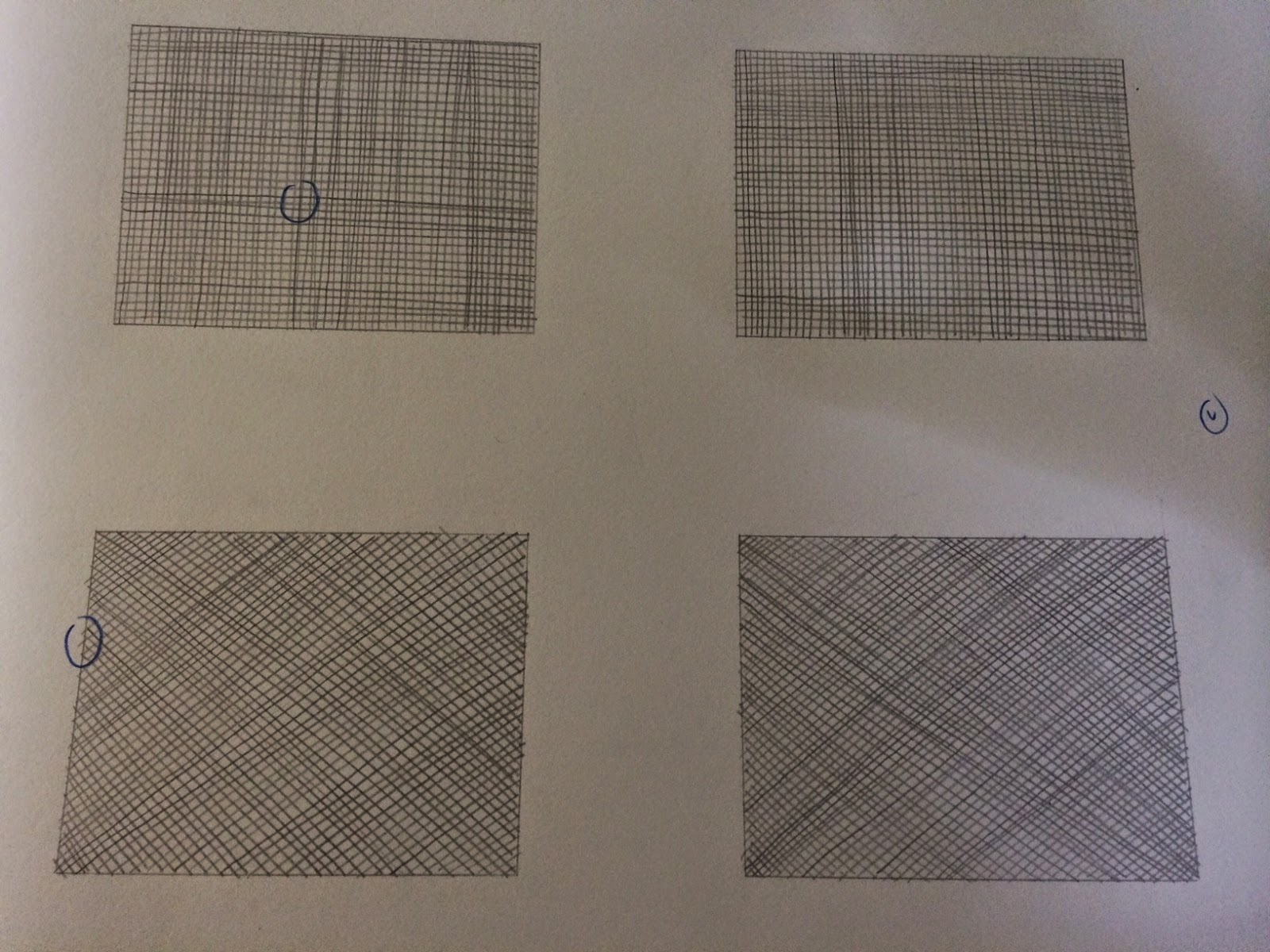Final project was studying Indonesia'a Traditional House through maquette, block plan, and architectural drawings.
My team chose Gorontalo Traditional House. We made the maquette by using balsa wood, PVC pipe, board, art carton, pylox. For the block plan, we used art carton, acrylic paint, tree model, grass, car model, wooden stick.
After the teamwork is done, we made our individual assignments which includes architectural drawings (elevation, section, block plan, floor plan). To make each presentation different, everybody has different content to mainly talk about. I choose roof structure of Gorontalo Traditional House. It is said that roof structure is the a part that get less change since the first time the house was built.
In the end, we made a design report as a record and explanation about our final project.




























